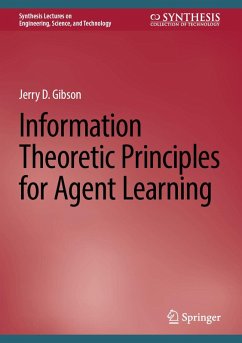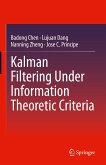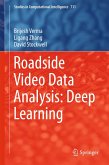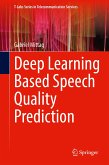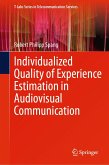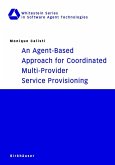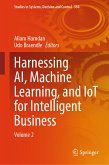In addition, this book:
- Describes the fundamentals of information theoretic techniques for statistical data science analyses
- Provides succinct introductions to key topics, with references as needed for further technical depth
- Enables readers from varying backgrounds to understand the behavior and performance of a learning agent
Dieser Download kann aus rechtlichen Gründen nur mit Rechnungsadresse in A, B, BG, CY, CZ, D, DK, EW, E, FIN, F, GR, HR, H, IRL, I, LT, L, LR, M, NL, PL, P, R, S, SLO, SK ausgeliefert werden.

